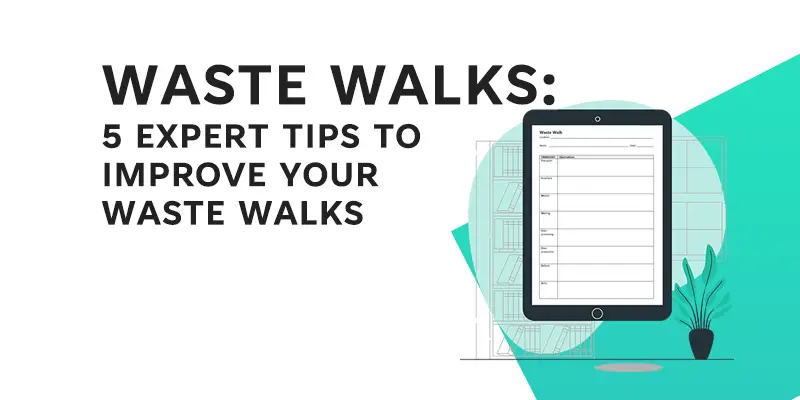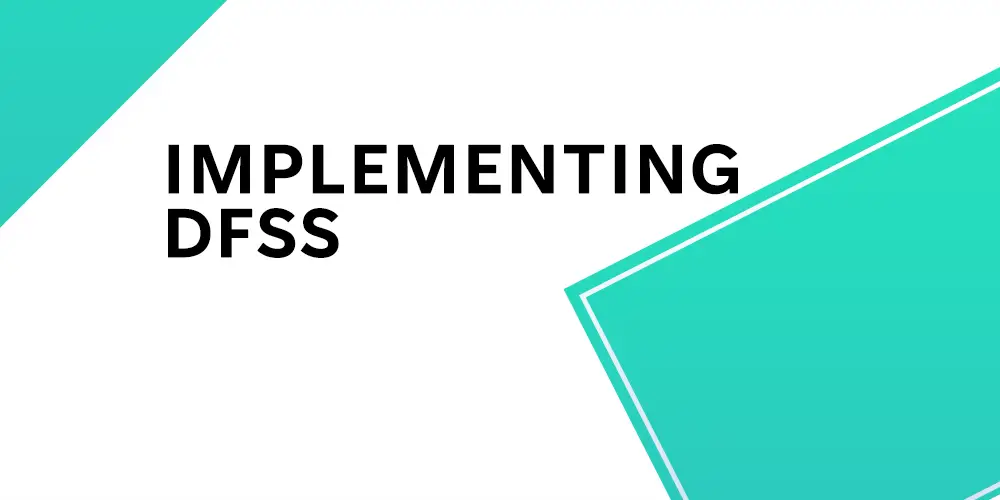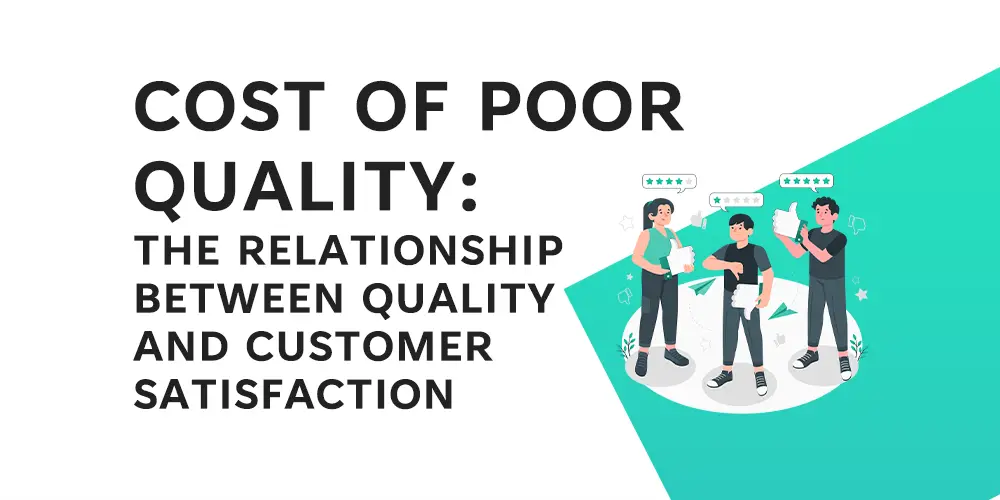A waste walk is a powerful tool utilized by organizations to identify and eliminate waste, ultimately optimizing operational efficiency. By conducting waste walks, businesses can uncover hidden opportunities for improvement, streamline processes, and enhance overall productivity. In this article, we will explore the benefits of waste walks, such as reducing costs, improving quality, and boosting customer satisfaction. Furthermore, we will provide expert tips that can supercharge your waste walks, enabling you to achieve more impactful results. Let’s dive in and unlock the potential of waste walks for process improvement and operational excellence.
Table of Contents
Understanding Waste Walks
Waste walks are systematic assessments or observations carried out within a company to identify and eliminate waste often done by operations teams. They are critical in process improvement because they highlight inefficiencies, bottlenecks, and non-value-added activities that impede operational effectiveness. Waste walks facilitate a comprehensive evaluation of processes and help drive positive change by engaging employees at various levels and involving cross-functional teams.
What Does a Waste Walk Involve?
Waste walks involve physically walking through the workplace or observing specific processes where they are actually done to identify different forms of waste. Waste walks are often referred to as Gemba walks the Japanese translation of “Scene of the crime”, in this case, the crime is process inefficiency or waste. Waste refers to any activity, step, or resource that does not add value in the eyes of the customer. Overproduction, defects, waiting time, excess inventory, unnecessary motion, and transportation are examples of this.

What are the Objectives of a Waste Walk?
The main goal of waste walks is to improve process flow and eliminate waste in order to increase operational efficiency. Organizations hope to achieve the following goals by conducting waste walks:
1. Identifying and Reducing Waste: Waste walks are a structured approach to identifying and documenting waste within processes, allowing organizations to prioritize improvement opportunities and take action to eliminate or reduce identified waste.
2. Streamlining Operations: Waste walks assist organizations in identifying inefficiencies and bottlenecks, allowing them to streamline their operations by eliminating unnecessary steps, reducing process complexity, and improving overall workflow.
3. Increasing Productivity: Waste walks contribute to increased productivity by identifying and eliminating waste. Organizations can make the best use of their resources and increase throughput by optimizing processes and reducing non-value-added activities.
4. Improving Quality: Waste walks can help organizations identify areas where defects or errors occur, allowing them to implement corrective measures and improve the quality of their products or services.
How do Waste Walks Relate to Continuous Improvement?
Waste walks are inextricably linked to larger organizational process improvement initiatives. They play an important role in methodologies such as Lean Six Sigma, Kaizen, and continuous improvement practices. Waste walks provide valuable insights that help organizations make data-driven decisions and implement targeted changes to improve overall performance.
Organizations can harness their potential to identify and reduce waste, streamline operations, and ultimately achieve higher levels of efficiency and productivity by understanding waste walks, their objectives, and their connection to process improvement initiatives.
Tip 1: Setting Clear Objectives

It is critical to define clear objectives before embarking on a waste walk in order to guide the process and ensure its effectiveness. Clear objectives help you stay on track and maximize the value of the waste walk by providing focus and clarity. Here’s why having specific goals is critical:
The Importance of Defining Specific Goals: Clearly defined goals serve as a compass, directing the waste walk towards specific goals. The waste walk may lack direction if there are no clear objectives, making it difficult to identify and address key areas for improvement. Clear objectives ensure that everyone involved in the waste walk understands the purpose of the walk and what must be accomplished.
Setting Specific and Measurable Goals: It is critical to be specific and measurable when setting objectives for a waste walk. Specific goals help to focus on which aspects of the process need to be improved. Measurable goals allow you to track progress and assess the impact of the waste walk on meeting those objectives. A specific and measurable goal, for example, could be to reduce process cycle time by 20% within three months.
Aligning Objectives with Overall Process Improvement Efforts: Waste walks should be coordinated with broader organizational process improvement efforts. By aligning objectives, you ensure that the waste walk contributes to the overall goal of improving operational efficiency and reducing waste. This alignment assists in prioritizing improvement opportunities that have the greatest impact on overall process performance.
Consider the following steps to set specific and measurable goals for your waste walk:
Assess the Current State: Understand the current process, its challenges, and the areas most likely to generate waste. Conduct a thorough analysis of the process, including data collection and identification of pain points.
Identify Opportunities for Improvement: Identify specific areas of the process that can be improved based on the assessment. These areas can include shortening wait times, eliminating unnecessary steps, and optimizing resource utilization.
Establish Objectives: Once improvement opportunities have been identified, establish specific objectives to address those opportunities. Check that the goals are specific, measurable, achievable, relevant, and time-bound (SMART). For example, a six-month goal could be to reduce defects by 50%.
Read this guide on Setting SMART Targets to learn more
Communicate and Gain Consensus: Communicate the waste walk objectives to all stakeholders, including team members and management. Ensure that everyone understands and agrees on the defined goals, fostering a sense of shared purpose and commitment.
Setting specific objectives provides a road map for your waste walk, allowing you to focus your efforts, track progress, and align with larger process improvement goals. This clarity improves the effectiveness of your waste walk, increasing the chances of making meaningful and long-term improvements.
Tip 2: Engage the Right Team

The driving force behind the success of your waste walk initiative is a waste walk team. Representatives from various departments or functions within your organization should make up the ideal team composition. This diverse representation ensures a comprehensive perspective and allows you to capture insights from various stages of the process.
In addition to cross-functional members, subject matter experts with in-depth knowledge of the process under consideration must be included. These experts bring valuable insights, understand complexities, and can more effectively identify specific areas of waste. Frontline employees with hands-on experience with the process should be included as well, as they frequently have practical knowledge and can provide unique insights.
Consider the following suggestions to encourage team collaboration and active participation:
Clear Roles and Responsibilities: Clearly define each team member’s roles and responsibilities. This creates clarity and ensures that everyone understands their roles in the waste walk.
Open Communication Channels: Establish an open and transparent communication channel where team members can freely share their ideas, observations, and concerns. Encourage an open dialogue and active listening culture.
Encourage Team Members to Take Ownership: Encourage team members to take ownership of their assigned areas and to propose solutions and improvements. This sense of ownership encourages participation and motivation.
Encourage Cross-Functional Collaboration: Make it easier for team members from different departments or functions to collaborate and share knowledge. This interdisciplinary approach allows for a thorough understanding of the process and promotes creative problem-solving.
Training and Support: Ensure that team members receive adequate training and support in order to improve their understanding of waste identification techniques and process improvement methodologies. This provides them with the tools and knowledge they need to contribute effectively.
You can leverage the collective expertise and experience by assembling the right team, including subject matter experts and frontline employees, and encouraging collaboration and active participation. This collaborative approach not only improves the quality of your waste walk findings, but it also boosts team morale and ownership, resulting in better waste walk outcomes.
Tip 3: Mapping and Observing the Process
The process mapping stage of a waste walk is critical in understanding the flow of activities within a specific process. The steps, interactions, and dependencies involved in the process are visually represented in process mapping, providing a clear overview of how things currently operate. This step allows you to identify potential waste and inefficiency areas that can be improved.

To begin creating a process map, choose the process you want to examine. Break it down into individual steps and represent them visually in a flowchart or diagram. Each step should be represented by a distinct symbol or shape, with arrows indicating the process flow’s direction and sequence.
It is critical to include relevant information such as inputs, outputs, decision points, and handoffs between individuals or departments when creating the process map. This level of detail aids in the capture of a complete picture of the process and the identification of potential waste points.
Read this guide on Process Mapping to learn more
During the waste walk, careful observation is required to identify both visible and hidden waste. Pay close attention to various aspects while observing the process, such as excessive waiting times, unnecessary movement or transportation, redundant activities, overproduction, defects, and excess inventory. Look for bottlenecks, delays, or extraneous steps that contribute to inefficiency or waste.
Engage with the employees involved in the process during the observation phase. Their firsthand knowledge and experiences can provide useful information and shed light on potential areas for improvement. Encourage employees to share their thoughts, concerns, and ideas for streamlining the process through open communication.
You gain a comprehensive understanding of how activities flow by mapping and observing the process, allowing you to pinpoint potential areas of waste. This knowledge is used to make informed decisions and prioritize improvement efforts. Remember, the more thorough and detailed your process map and observations, the better equipped you will be to effectively identify and eliminate waste.
Tip 4: Identifying and Documenting Waste
Identifying and documenting various types of waste that can impede operational efficiency is critical during waste walks. Organizations can significantly improve their processes by identifying and addressing these wastes. The following are some of the most common types of waste encountered during waste walks:
- Overproduction: This occurs when more products or services are produced than what is currently demanded. It results in excess inventory, higher costs, and squandered resources.
- Defects: Defects are products or services that do not meet quality standards. They lead to rework, customer dissatisfaction, and increased costs for fixing or replacing defective items.
- Waiting: When there are delays or idle time between process steps or activities, this is referred to as waiting waste. It results in lower productivity, longer lead times, and longer cycle times.
- Excess Inventory: Items that are not immediately required for production or customer demand are classified as excess inventory. It consumes capital, takes up valuable space, and has the potential to become obsolete or deteriorate over time.
The full list of wastes can be seen in the below graphic.
Read this guide on The 8 Wastes to learn more
Consider the following expert tips to effectively identify and document waste during waste walks:
Examine the process flow: Analyze the process steps and activities, paying close attention to any bottlenecks, delays, or redundancies. Keep an eye out for signs of overproduction, waiting, or excess inventory.
Interact with employees: Speak with those who are directly involved in the process. They can provide firsthand information on challenges and inefficiencies and have valuable insights into potential waste areas.
Use data and metrics: To identify waste, use relevant data and performance metrics. Look for patterns or trends that indicate waste, such as high scrap rates, lengthy setup times, or long lead times.
Visual cues: Look for visual cues, such as excessive movement, piles of paperwork, or disorganized workstations. These can point to potential waste areas, such as excessive movement or inefficient storage practices.
You may find it useful to use our Waste walk template to note down waste types as you see them.
Consider the following scenario to demonstrate waste identification techniques:
Consider a waste walk in a manufacturing facility. The team notices a significant amount of excess inventory, including finished goods stored in large quantities, as they observe the production process. They learn from production operators that the excess inventory is the result of overproduction to meet a previous surge in demand. The team can propose measures to reduce overproduction, optimize inventory levels, and improve cash flow by documenting this waste.
Remember that waste identification and documentation should be accompanied by concrete examples and real-life scenarios in order to provide readers with clarity and practical understanding. Organizations can target these areas for improvement and achieve greater operational efficiency by effectively identifying and documenting waste during waste walks.
Tip 5: Implementing Sustainable Improvements
Once you’ve identified opportunities for improvement during your waste walk, it’s critical to prioritize and choose the most impactful changes to implement. Here are some approaches to making informed decisions:
Prioritizing Opportunities for Improvement:
- Evaluate the potential impact of each waste identified on operational efficiency, customer satisfaction, and cost reduction.
- Consider the feasibility and resources needed to put each improvement idea into action.
- Improves that align with your organization’s strategic objectives and have a higher return on investment should be prioritized.
Creating Actionable Plans:
- Define the goals, scope, and timeline for each improvement initiative.
- Break the improvement down into smaller, manageable tasks with clear responsibilities.
- Establish key performance indicators (KPIs) to track progress and evaluate the effectiveness of the changes implemented.
Implementing Long-Term Solutions:
- To ensure complete implementation, involve cross-functional teams or subject matter experts.
- Communicate the goals and benefits of the improvement initiatives to employees and stakeholders to gain their support.
- Employees involved in implementing the changes should receive adequate training and support.
Continuous Evaluation and Improvement:
- Monitor the implemented improvements on a regular basis to determine their effectiveness and impact on key metrics.
- Collect feedback from employees and stakeholders to identify any issues or areas that need to be improved.
- Encourage employees to suggest new ideas and participate in ongoing waste walks to foster a culture of continuous improvement.
You can improve the success and sustainability of your waste walk initiatives by following these expert tips. Keep in mind that the journey does not end with implementation. To ensure long-term benefits and operational excellence, continuous monitoring, evaluation, and refinement are required.
Conclusion
In conclusion, waste walks offer a valuable opportunity for organizations to optimize their processes and drive operational excellence. You can uncover hidden waste, prioritize improvement opportunities, and develop actionable plans for long-term change by conducting waste walks and implementing the expert tips discussed in this article. The advantages are numerous, including increased efficiency, cost savings, higher quality, and increased customer satisfaction.
The journey, however, does not end with the initial implementation. Long-term success requires continuous monitoring, refinement, and a culture of continuous improvement. Embrace the power of waste walks to transform your organization into a lean, efficient, and constantly improving powerhouse. Begin supercharging your waste walks today to propel your company to new heights.










